Malaysian police say Gerik bus in fatal crash was speeding as driver cites brake failure
Police say dashcam footage shows the Gerik bus that killed 15 students was “clearly speeding,” contradicting the driver’s claim of brake failure. Authorities are probing his record of 18 summonses and the bus’ 21 violations, while the government pledges swift road safety reforms.
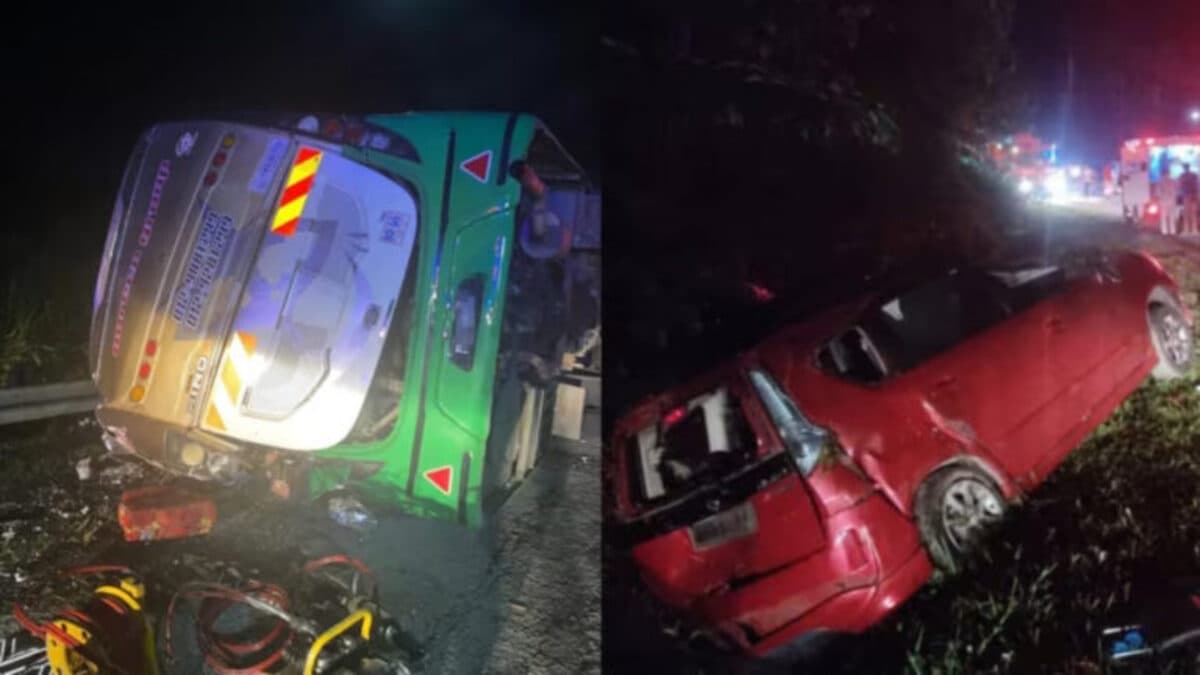
- Dashcam footage shows the Gerik bus was “clearly speeding,” contradicting the driver’s claim of brake failure.
- The driver had 18 past summonses and the bus 21, prompting scrutiny of operator compliance.
- Transport Minister Anthony Loke pledged road safety reforms, including barrier upgrades and lighting improvements.
Malaysian police have stated that the chartered bus involved in a deadly accident in Gerik, Perak, on 9 June 2025 was speeding before overturning, killing 15 students from Universiti Pendidikan Sultan Idris (UPSI).
Perak police chief Noor Hisam Nordin said dashcam footage from another vehicle on the East-West Highway clearly showed the bus attempting to overtake before veering left and crashing.
“The recording clearly shows how the bus was speeding,” he told reporters, as quoted by Free Malaysia Today. He added that the impact was worsened when a roadside barrier pierced through the vehicle.
“This is why passengers seated on the left side of the bus were among those who lost their lives,” he said.
A 40-second clip of the footage has since gone viral on social media.
Driver denies speeding, blames brake failure
Despite the police’s findings, driver Mohd Amirul Fadhil Zulkifle denied speeding, telling Harian Metro from his hospital bed in Taiping that the crash was caused by brake failure while descending a hill.
“I apologise to all the victims’ families,” said the 39-year-old, who has driven buses since 2016. He claimed the bus had “no air pressure left” and that neither the handbrake nor the gears could respond.
Amirul insisted he swerved and overtook to avoid colliding with other vehicles, adding that he shouted warnings to students onboard.
Driver and bus company under scrutiny
Further investigations revealed Amirul had accumulated 18 traffic summonses, 13 of which were for speeding. The bus itself recorded 21 summonses, five of which remain unresolved.
Datuk Seri Mohd Yusri Hassan Basri, director of the national Traffic Investigation and Enforcement Department, confirmed the findings, noting that other summonses were related to seatbelt violations, missing brake lights, and accidents.
Authorities are seeking a remand order for Amirul once he is discharged from hospital.
A special task force will investigate the crash, involving police, the Malaysian Institute of Road Safety Research (MIROS), the Road Transport Department (JPJ), and the Land Public Transport Agency (APAD).
Government promises action
Transport Minister Anthony Loke pledged to address safety risks on the East-West Highway, saying the matter will be raised at Cabinet level.
“When it comes to road safety, it is a serious matter, so we need to work together with other ministries,” he said on 10 June.
Loke acknowledged public frustration over outdated road barriers and pledged improvements, including modern fibre-based systems and solar-powered lighting along the highway.
On the investigation, Loke said police would examine criminal aspects while JPJ would audit the bus operator’s compliance and vehicle safety. APAD has also issued a show-cause letter demanding GPS records to confirm whether the bus was speeding.
“I do not want to jump to conclusions. We have to be fair, so any investigations must be based on facts,” Loke said.
Broader safety concerns
The Gerik tragedy has renewed debate on road safety in Malaysia, particularly the monitoring of commercial bus operators. Survivors of the crash echoed police findings that the bus was travelling at high speed before it overturned.
The government has faced repeated criticism over highway infrastructure and enforcement gaps. Road safety advocates say the combination of weak fleet maintenance, inadequate monitoring of driver records, and outdated barriers continue to put passengers at risk.




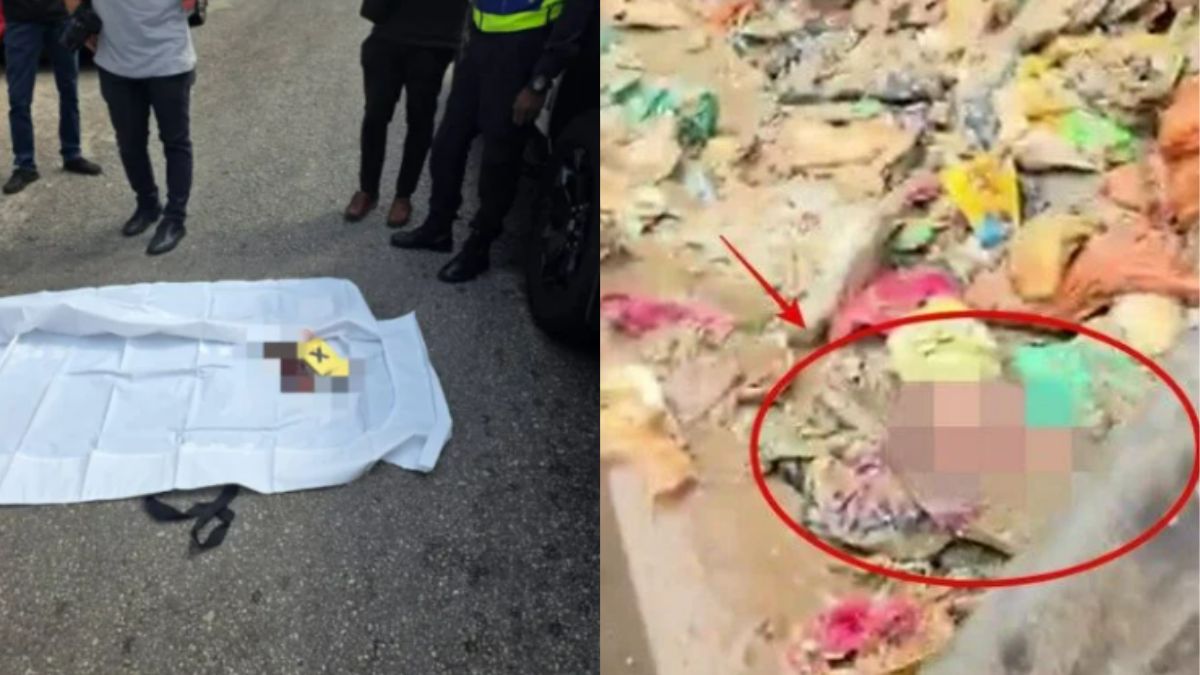
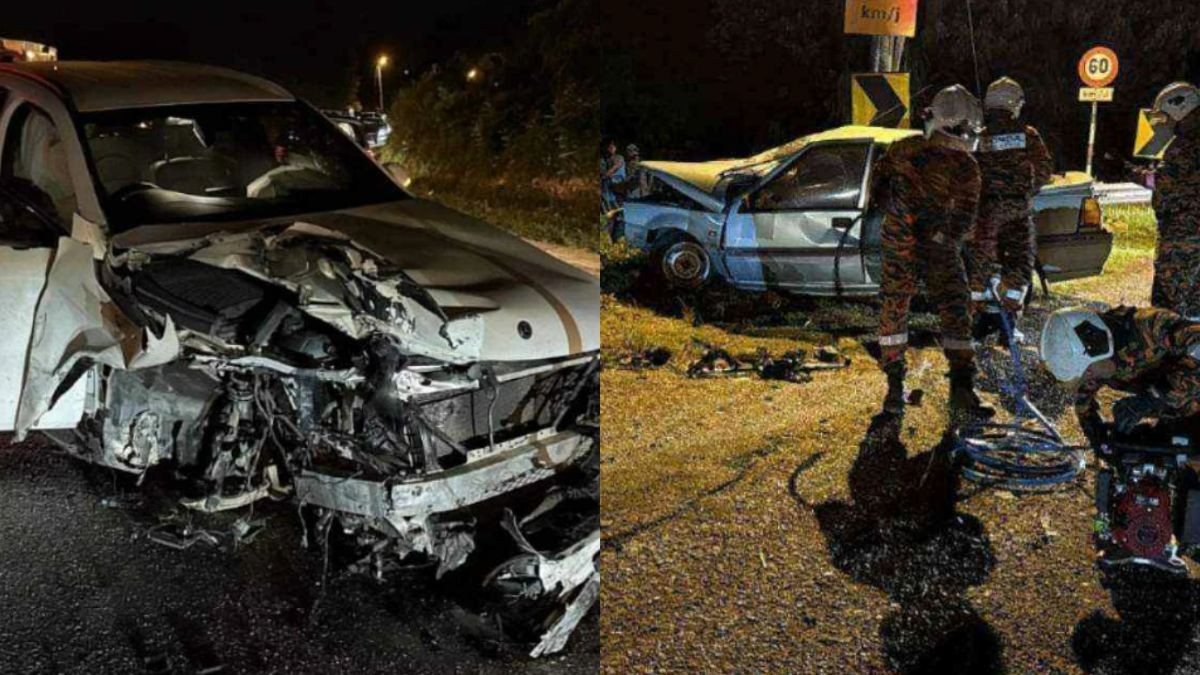
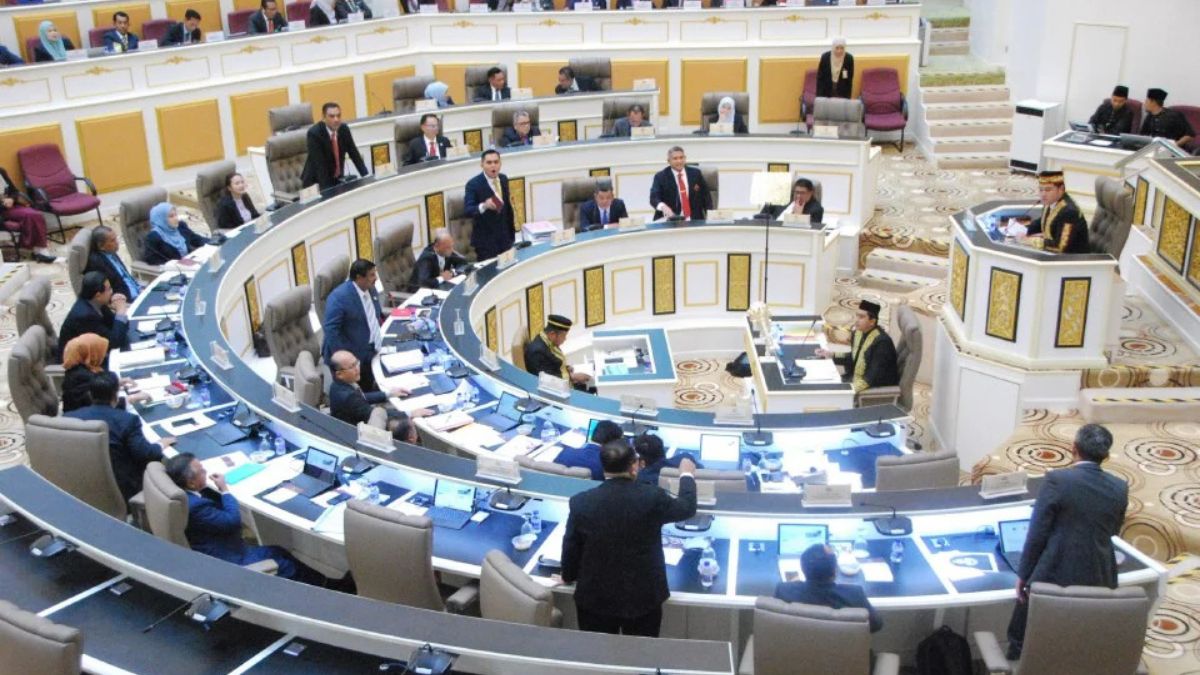
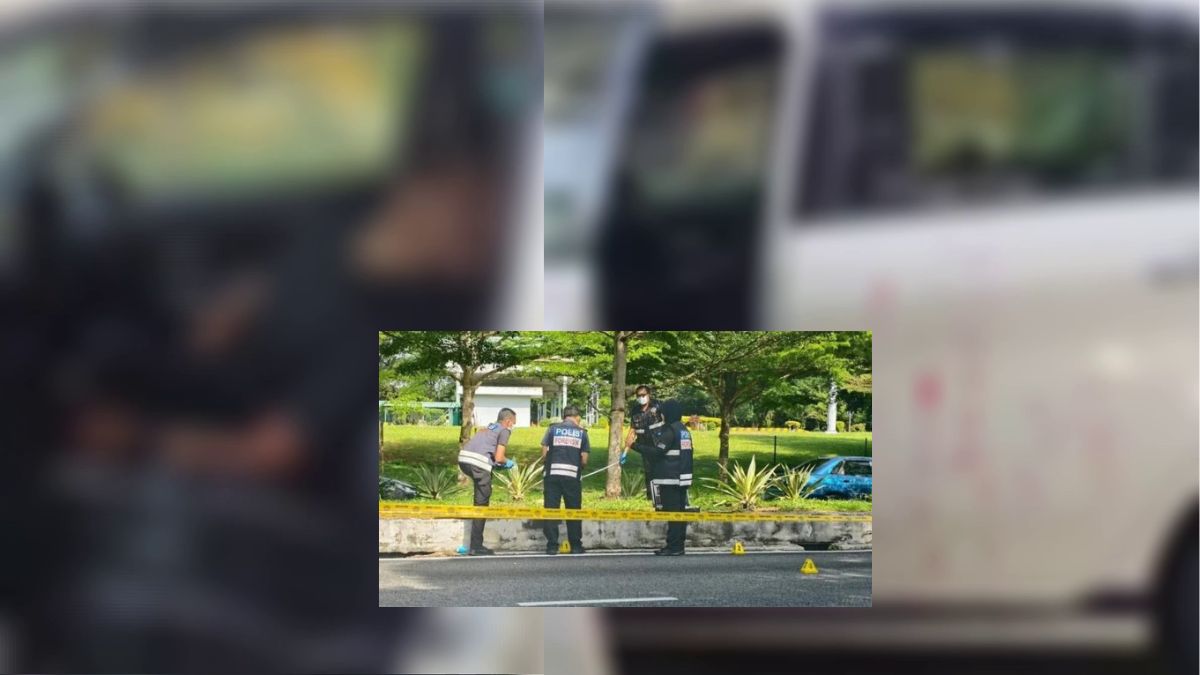
0 Comments